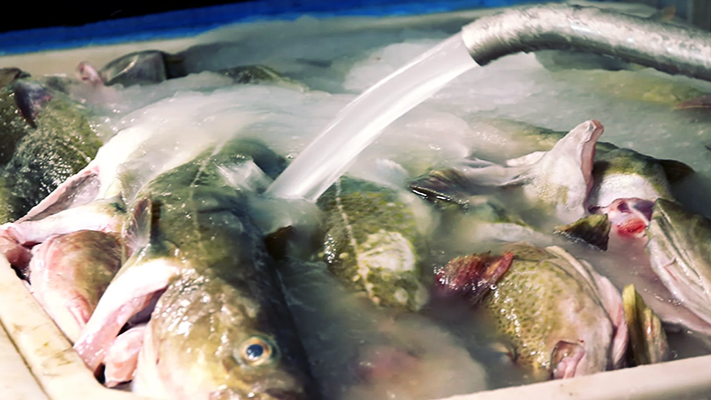
By KAPP | The Cold Chain Starts at Sea
In today's seafood industry, freshness is non-negotiable. Processors, retailers, and end consumers demand high quality, and that starts the moment fish are brought onboard.
That's why more vessels are adopting slurry ice systems, like OptimICE®, to ensure consistent, sub-zero cooling from catch to consumer.
What Is a Slurry Ice System?
OptimICE® is a liquid slurry ice technology that replaces conventional flake ice and RSW. It produces a flowable ice mixture from seawater or saltwater, rapidly chilling fish to below 0°C / 32°F — typically reaching -0.5°C / 30.5°F within 2 hours — without freezing the product.
Unlike flake ice, which melts unevenly, or a dated RSW system that struggles to maintain uniform cooling, slurry ice surrounds each fish, delivering fast, even, and gentle chilling that preserves freshness and texture.
The result? An unbroken cold chain, from the deck to the dinner plate.
How It's Integrated Onboard
Here's how OptimICE® fits into modern vessel operations:
- Slurry Production Slurry ice is produced onboard using seawater or brine, chilled through a compact refrigeration system.
- Storage Tanks: The ice slurry is stored in insulated tanks with continuous agitation to maintain a uniform mixture, ensuring it is ready for immediate use.
- Distribution System Pumps and pipes carry the slurry directly to key points onboard — bleeding tanks, processing lines, and fish holds — ensuring fast and consistent chilling at every stage.
- Hands-Off Handling Because the slurry flows like water, it automatically surrounds the fish, reducing manual ice handling, bruising, and temperature variation.
Whether you're fishing for cod, halibut, salmon, or other species, OptimICE® keeps the catch at its best, from sea to shore.
Why It Outperforms Flake Ice and RSW
The comparison below is based on a typical onboard processing environment for whitefish or groundfish (e.g., cod, pollock). In this scenario:
- Fish are caught at 10°C (50°F)
- Seawater temperature is 12°C (53.6°F)
- Fish are chilled and stored in tubs
- The goal is to reduce core temperature to 0°C (32°F) or below, without freezing the product
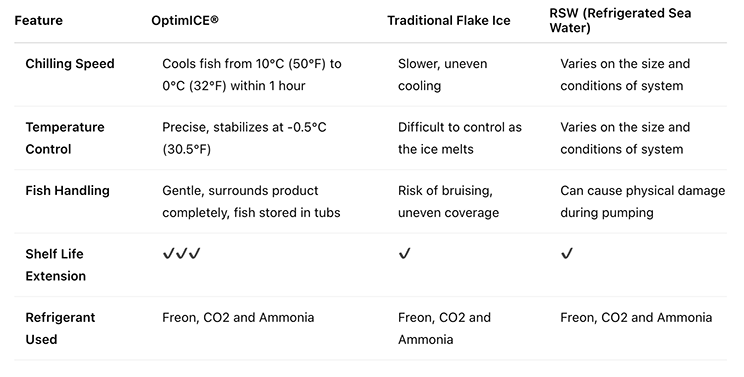
Why It Matters
In today's seafood market, quality beats quantity — and that starts at sea.
With OptimICE®, fish are chilled instantly and gently from the moment they're caught. This protects texture, appearance, and freshness, resulting in better handling, minimal bruising, and lower bacterial activity during the entire journey from catch to consumer.
That translates directly into:
- Higher-grade product classifications
- Longer shelf life
- Improved food safety
- And most importantly: a better price per kilo
By investing in rapid, even chilling, onboard, fleets can maximize the value of every fish, not just the volume of their catch.
In a market that increasingly rewards premium quality, OptimICE® gives you the edge where it matters most.
Let's Talk
Want to explore how OptimICE® can be integrated into your operations, onboard or onshore?
Message me directly at fridrik@kamitech.com or visit www.kapp.com to learn more.
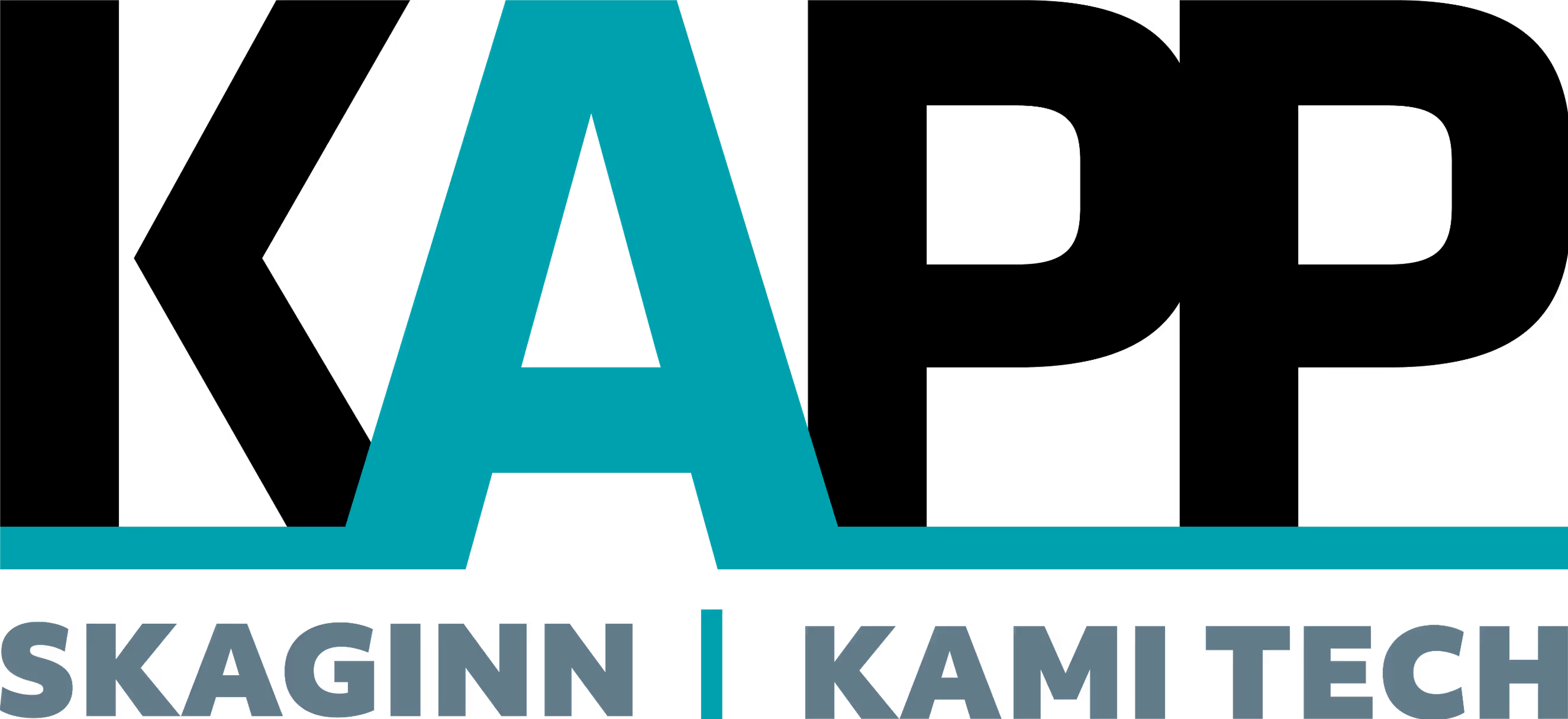


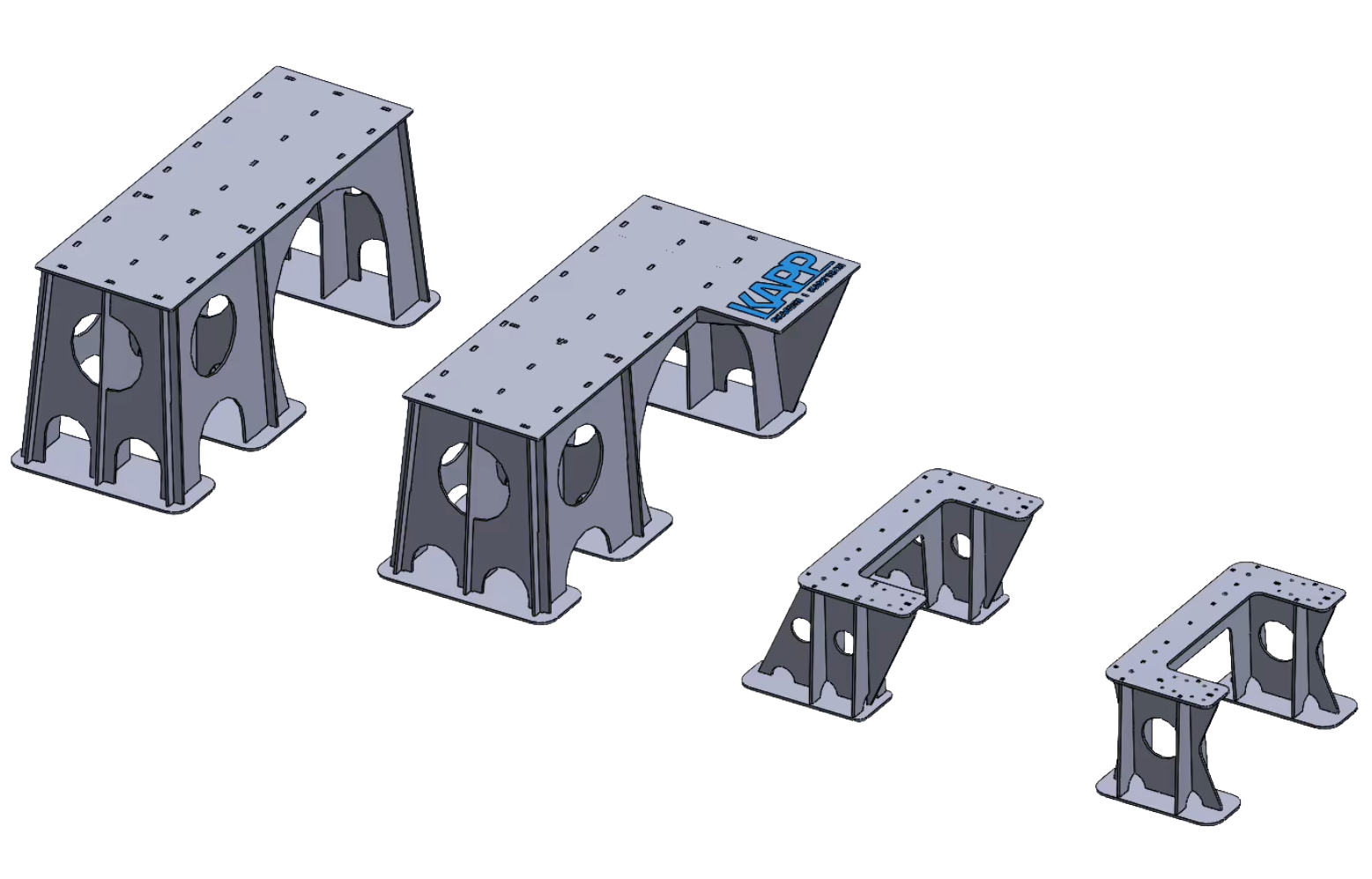
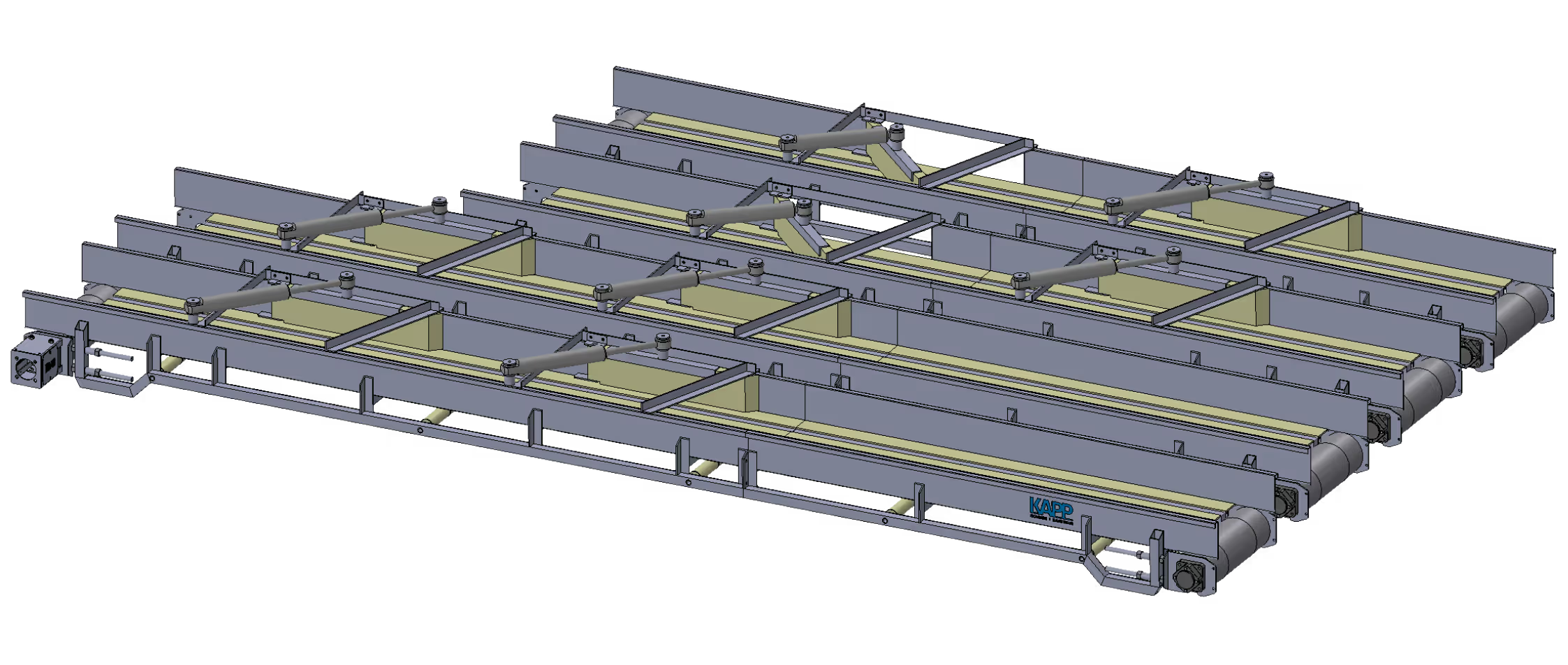
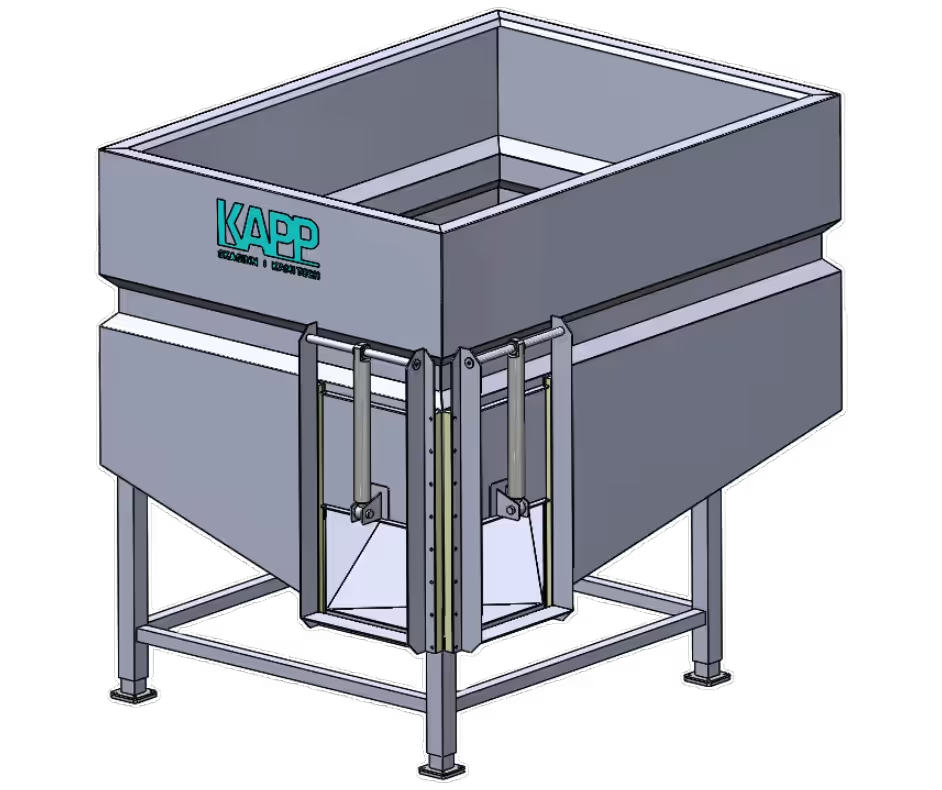
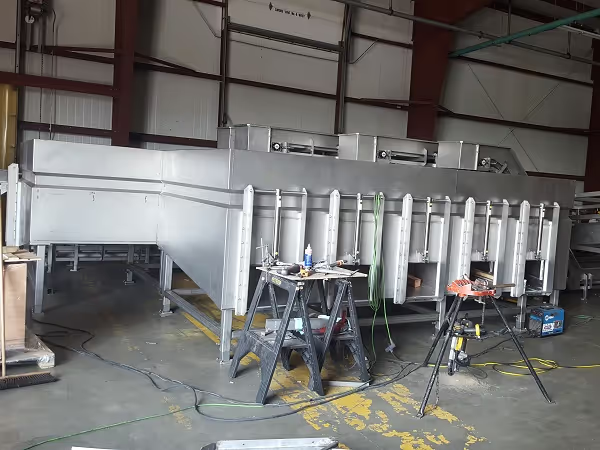




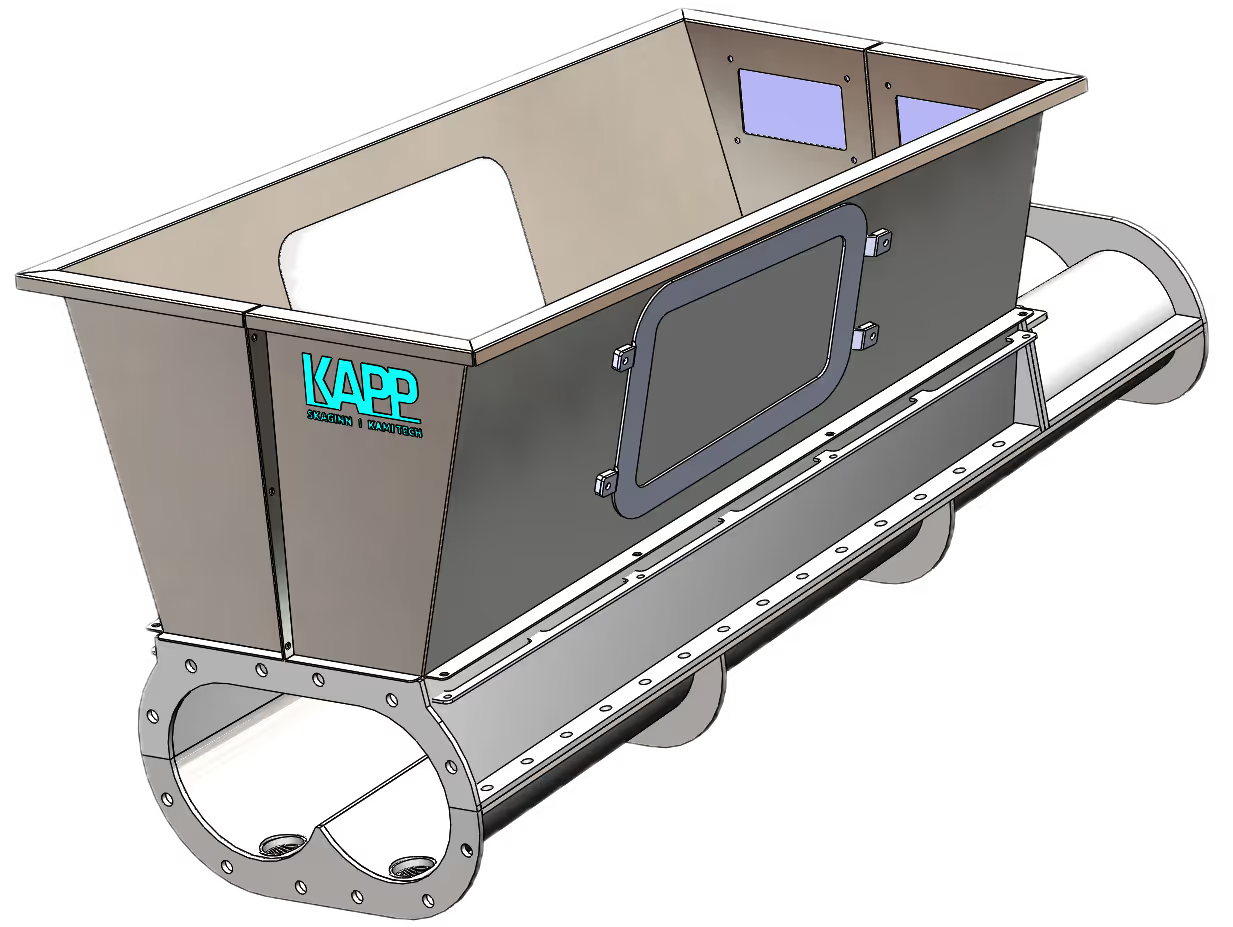

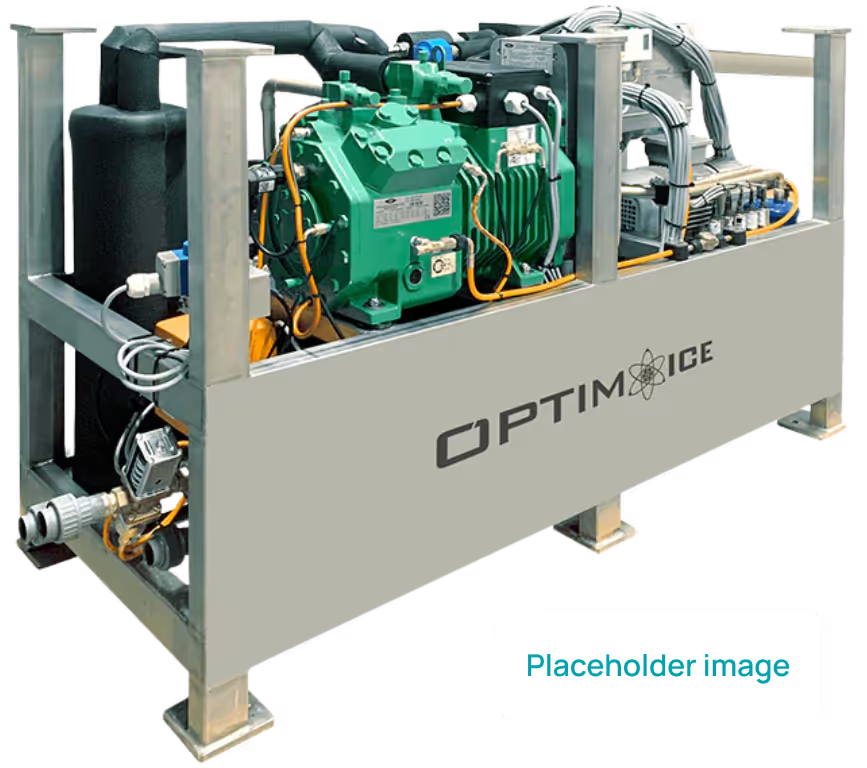
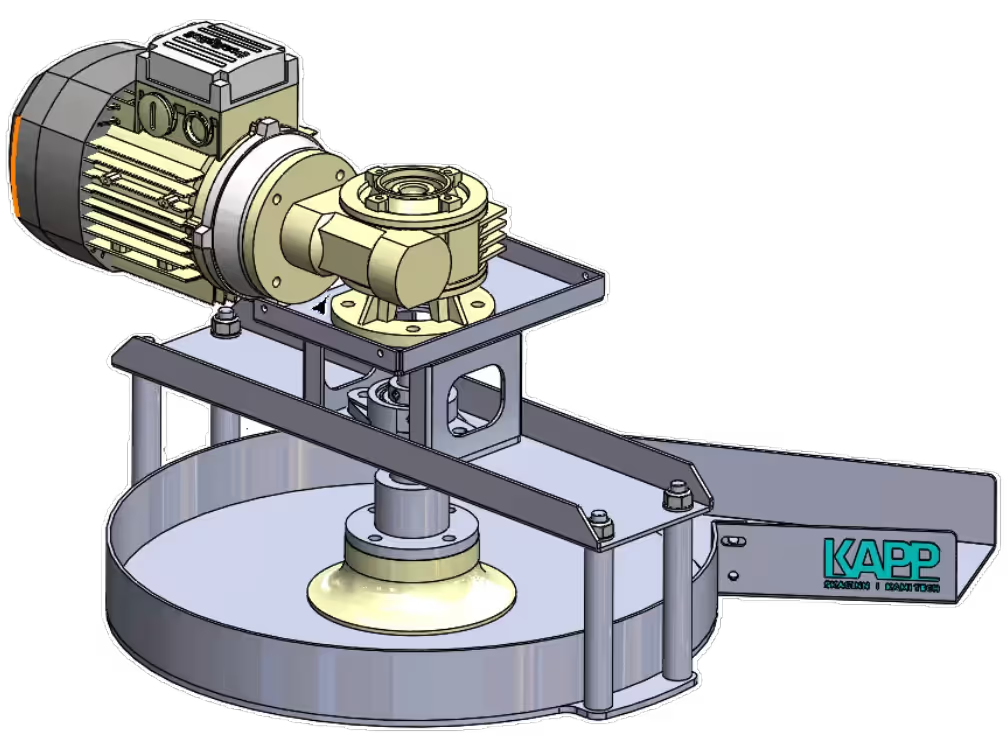


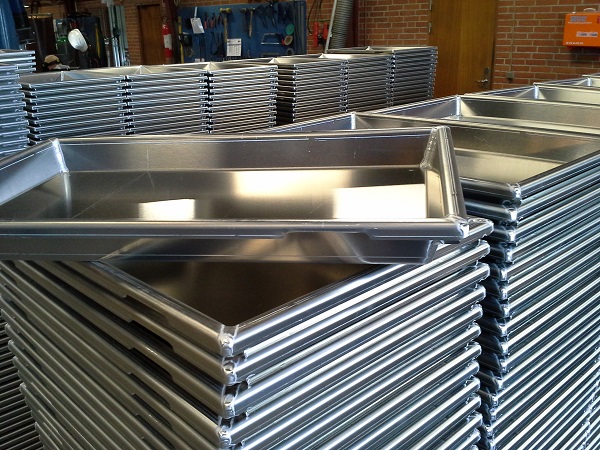
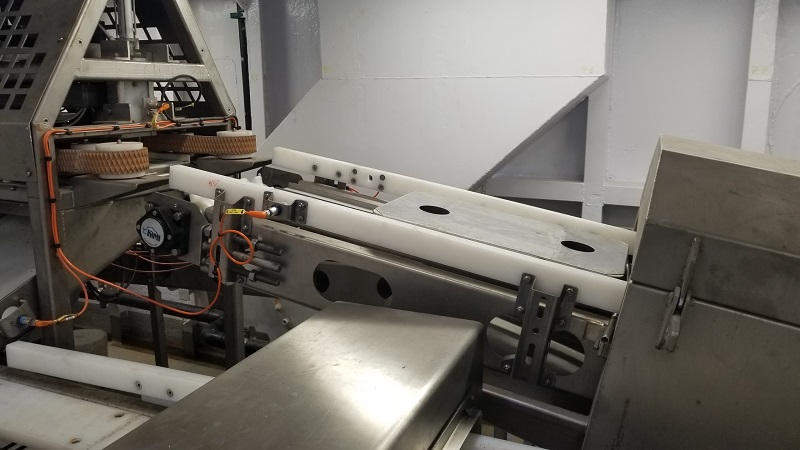
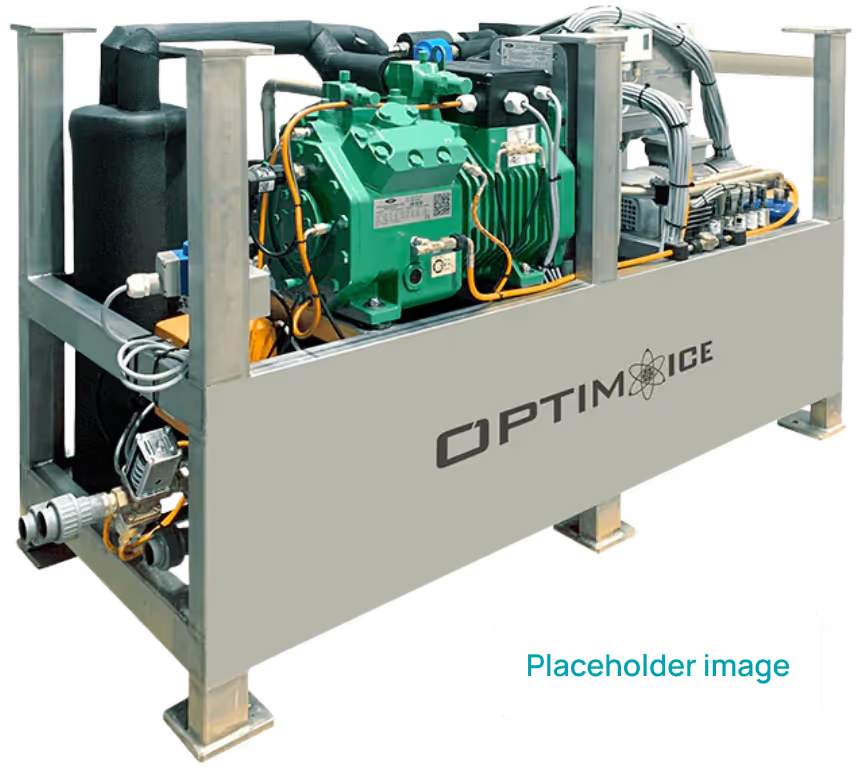

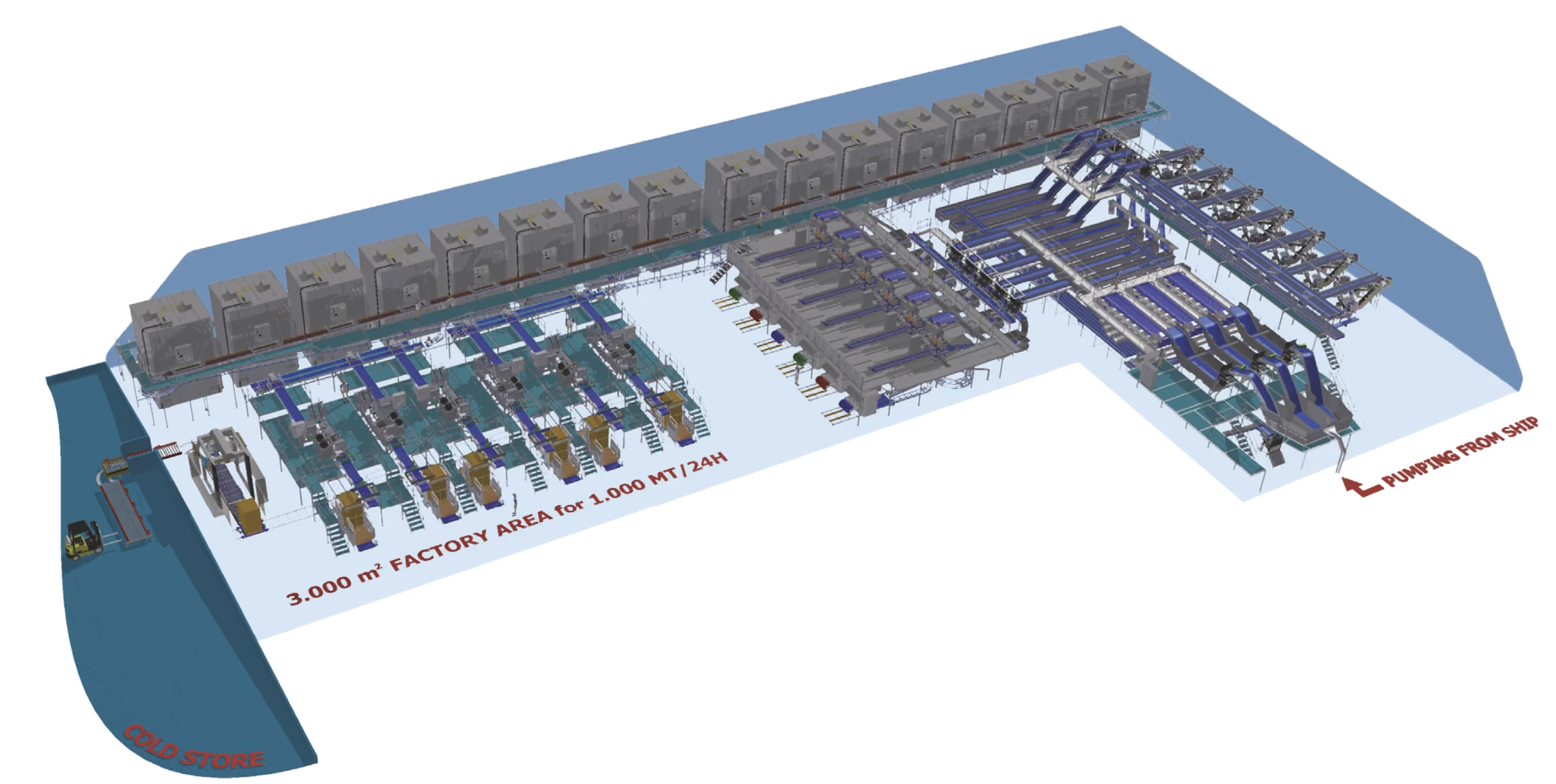
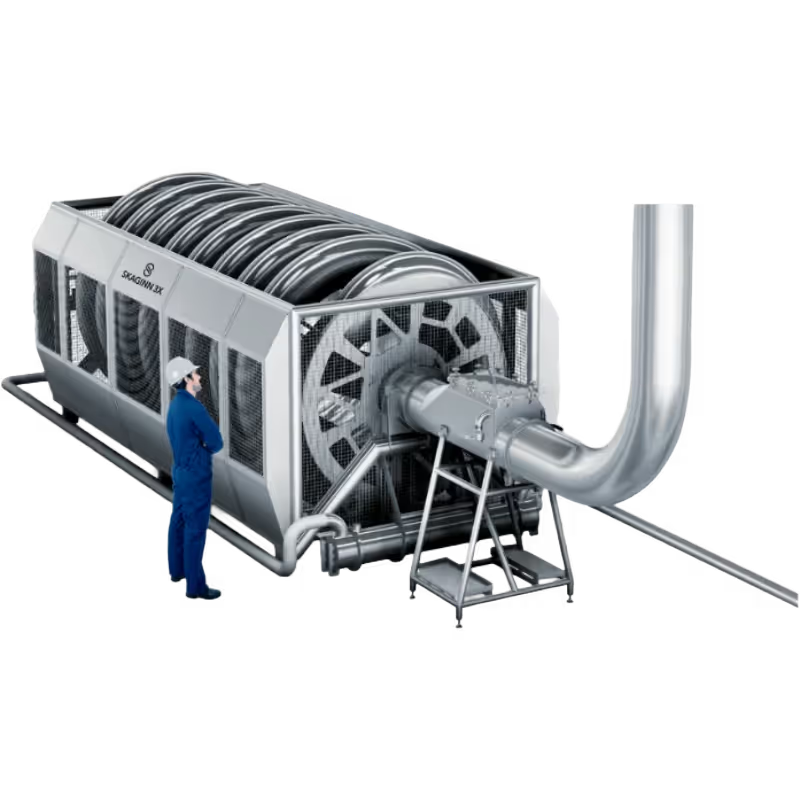
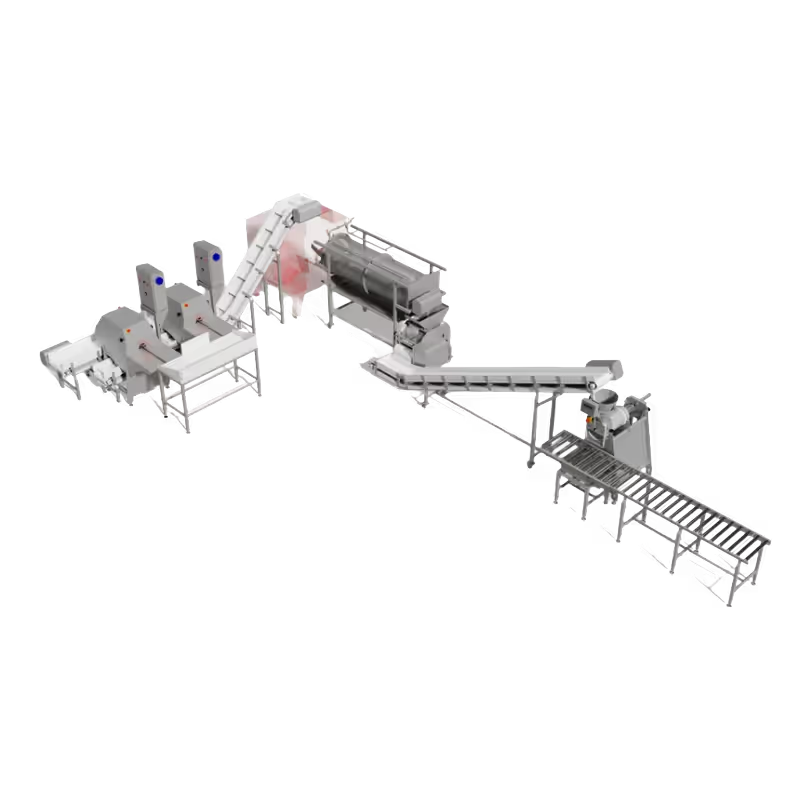
.avif)
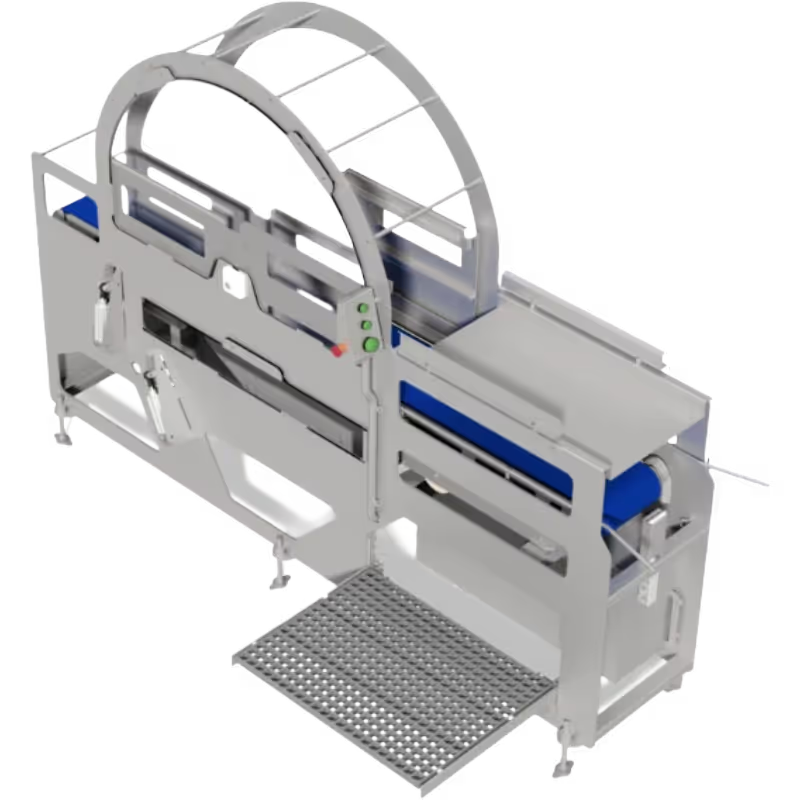


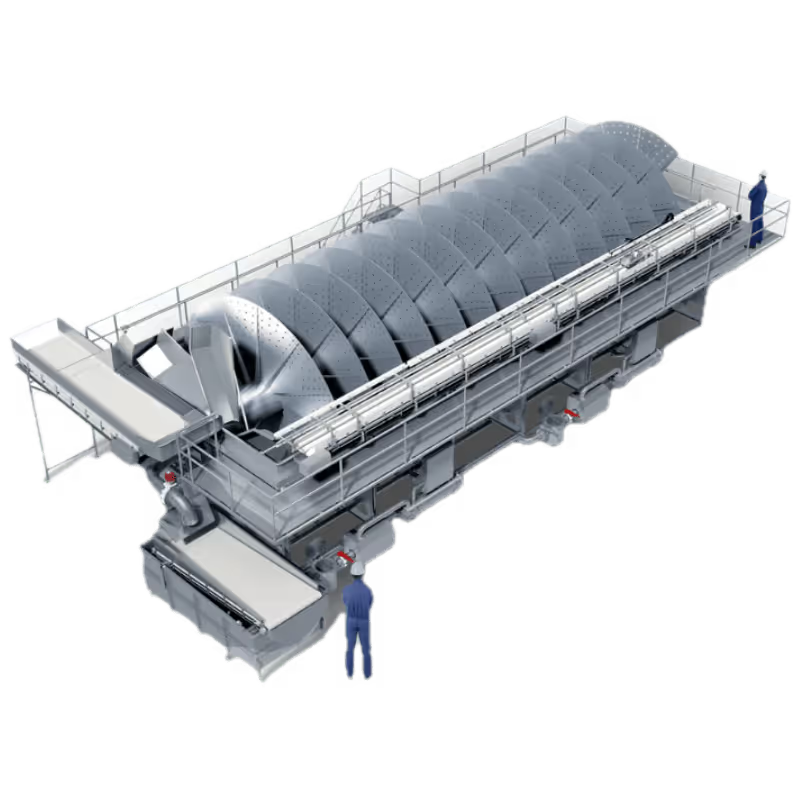
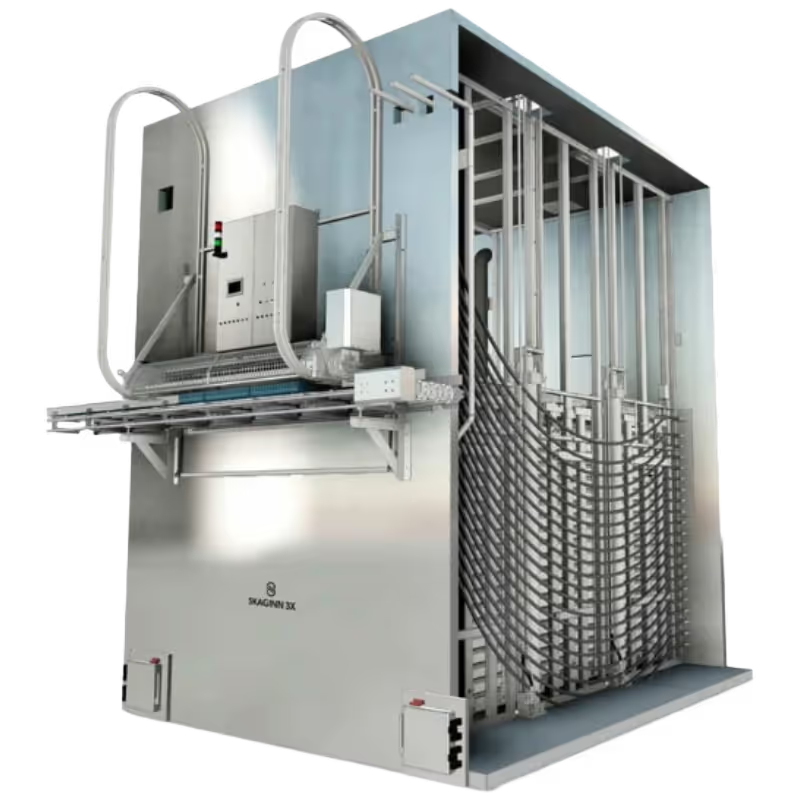
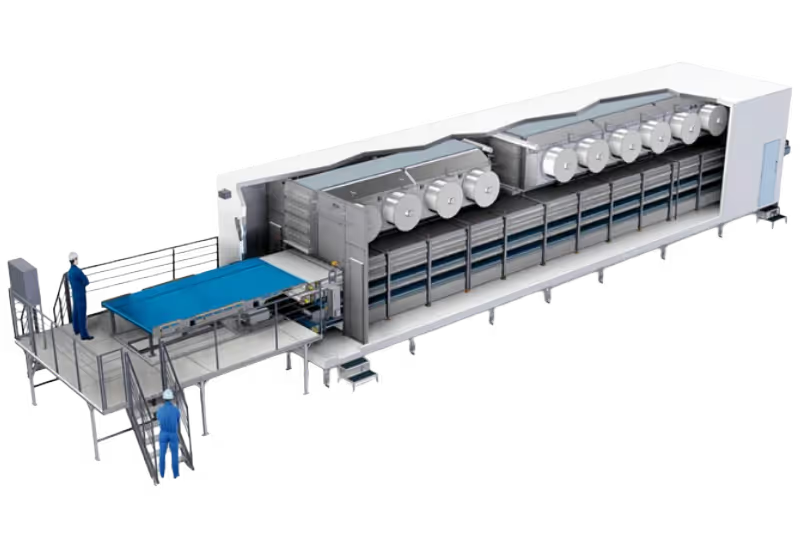


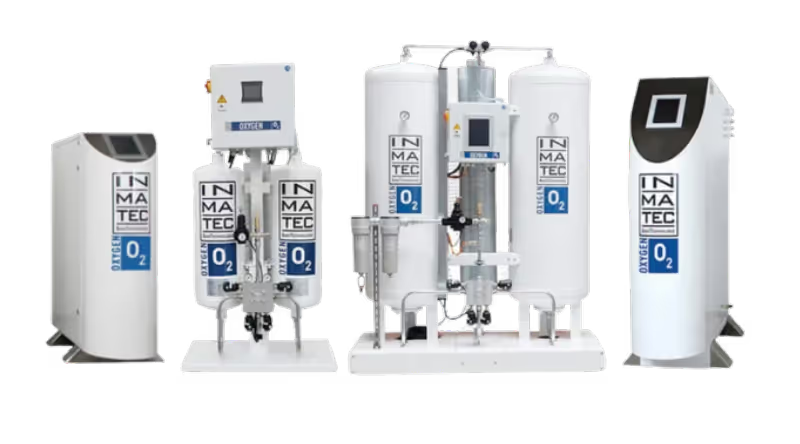
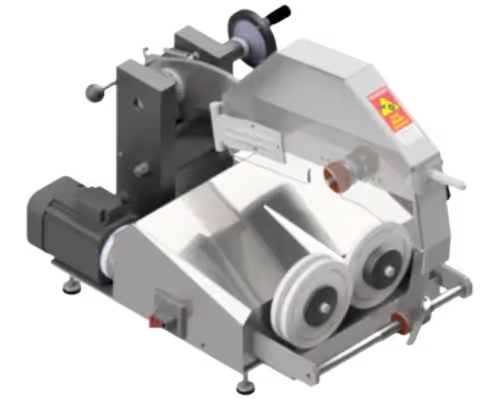

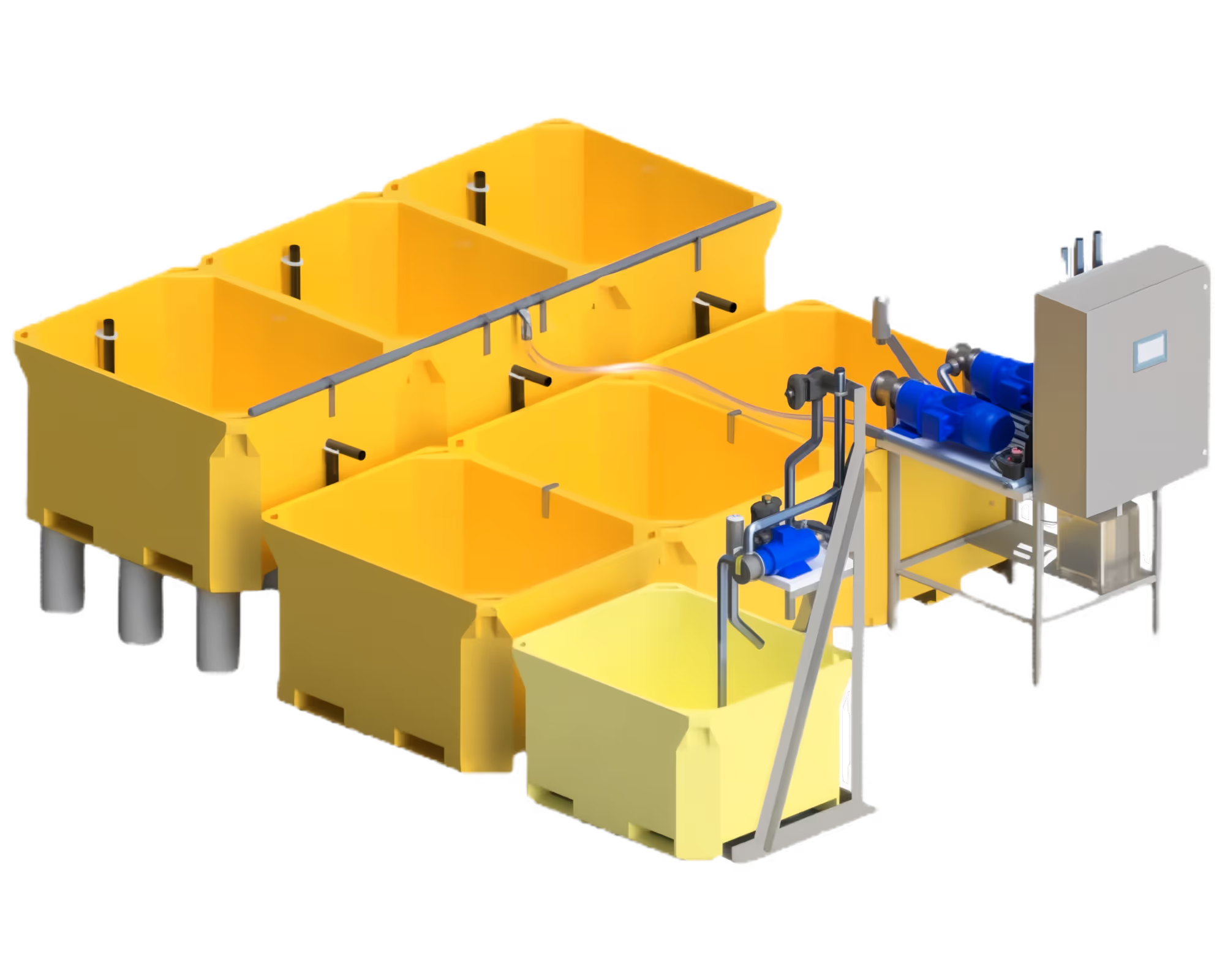
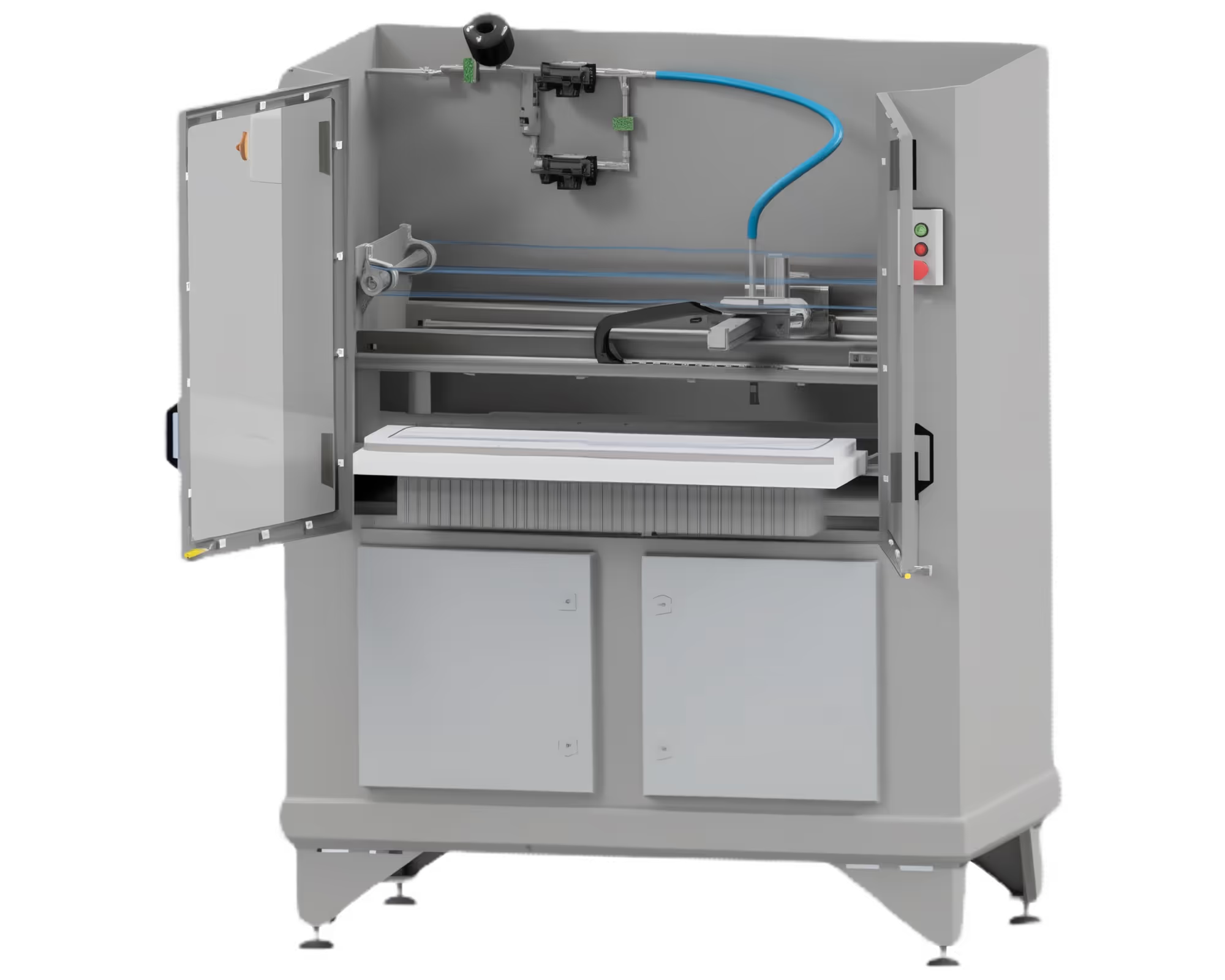

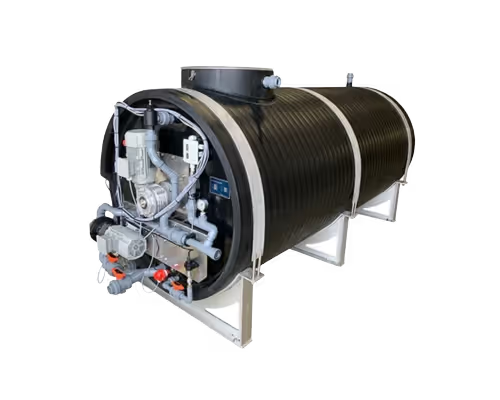





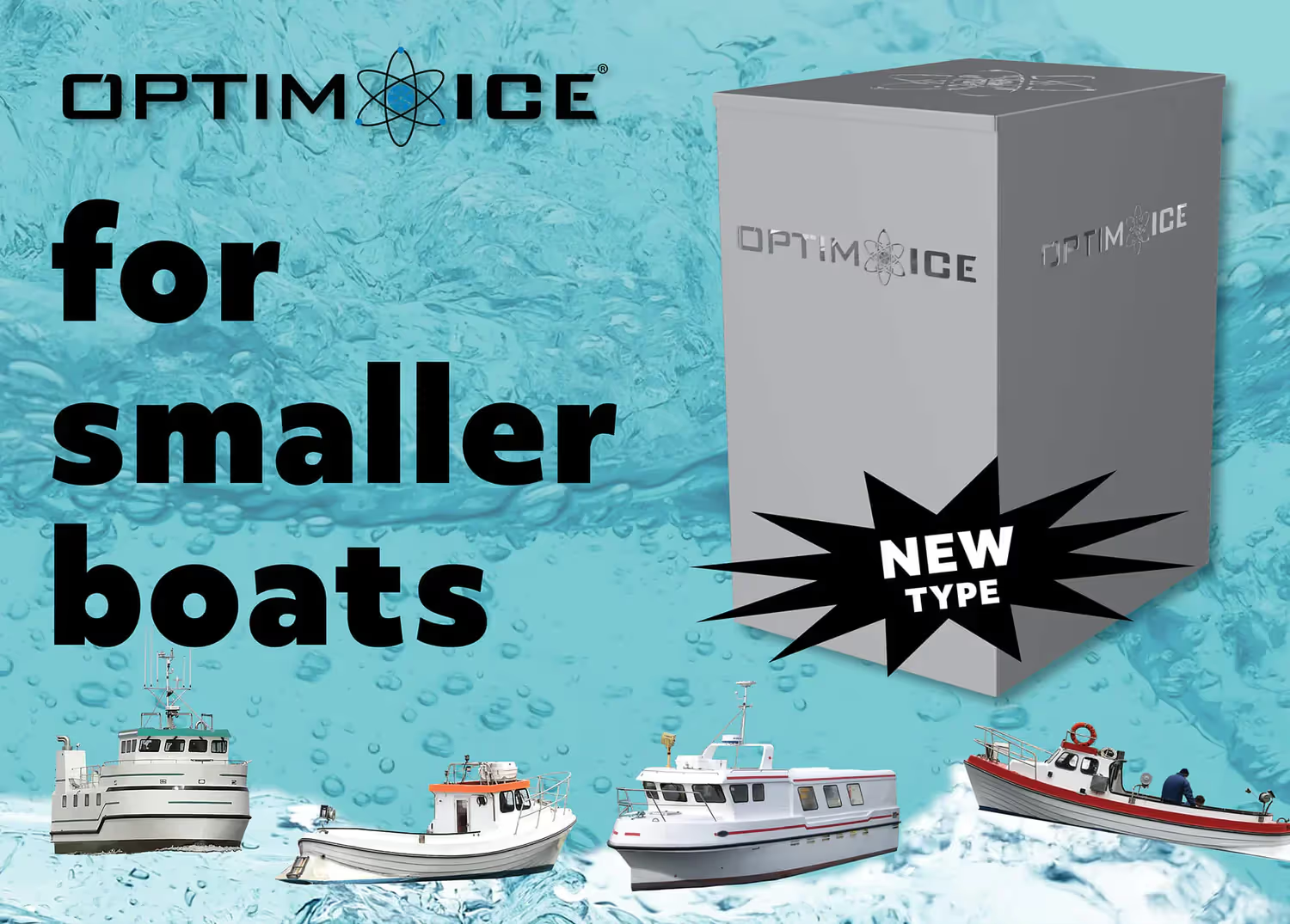
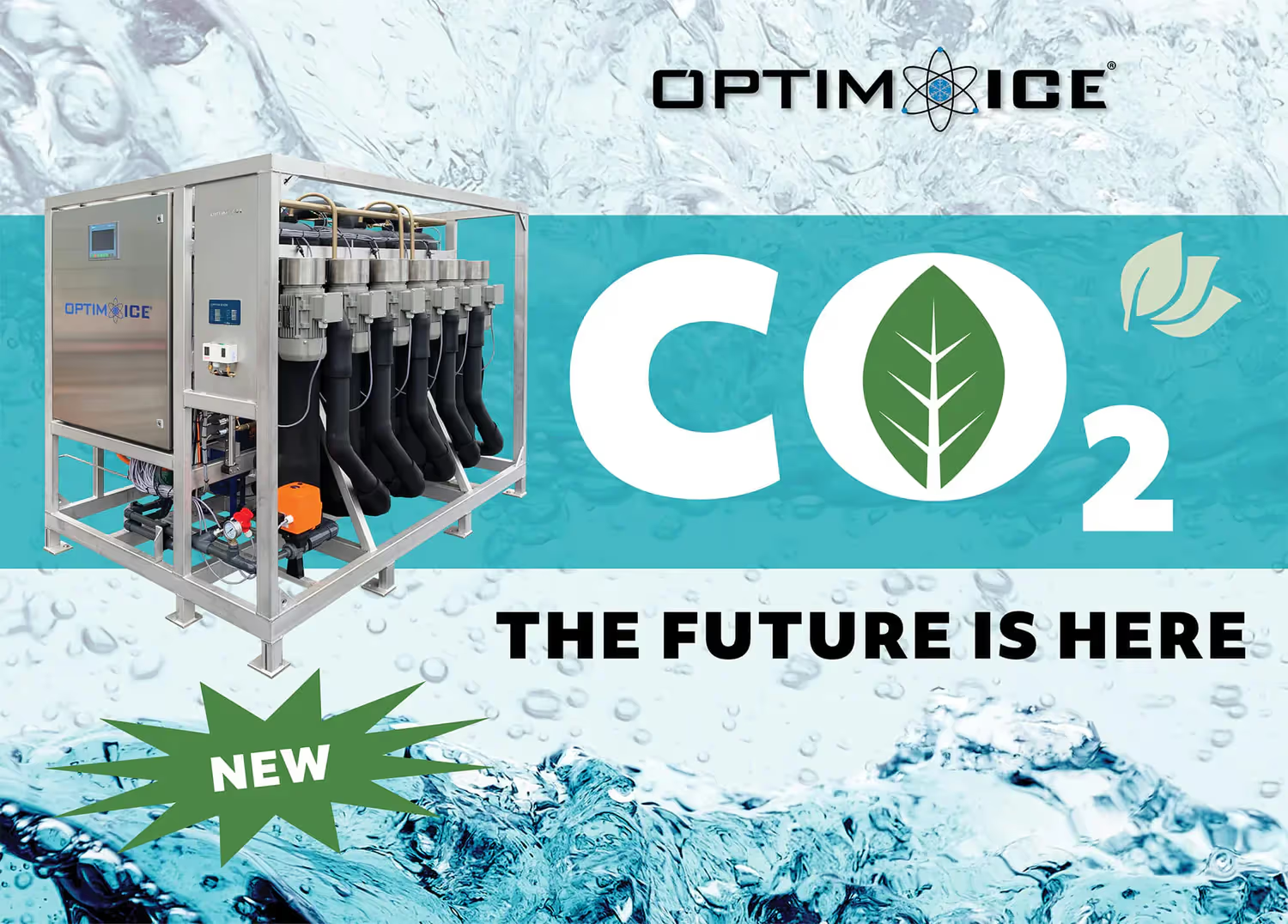

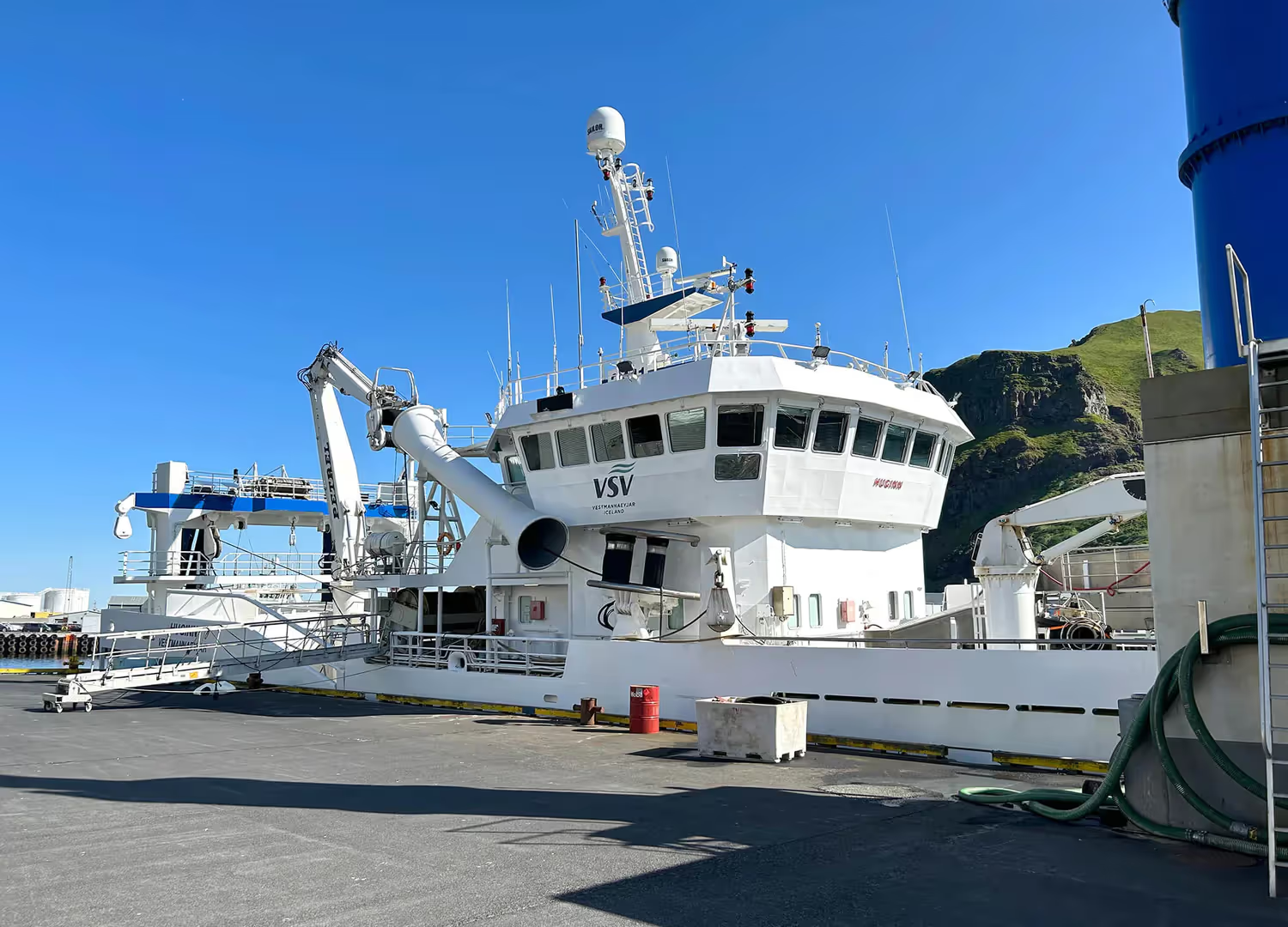

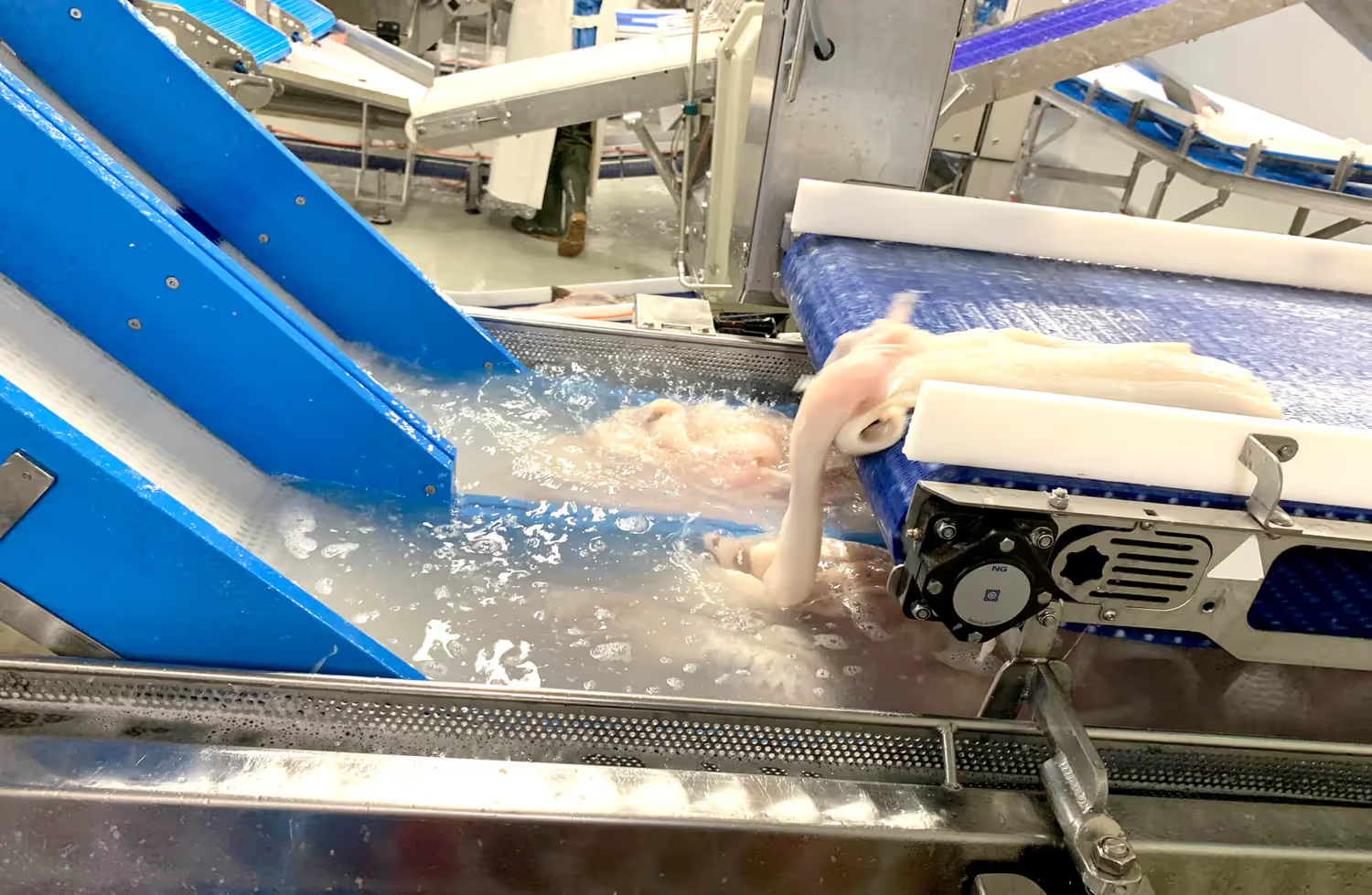
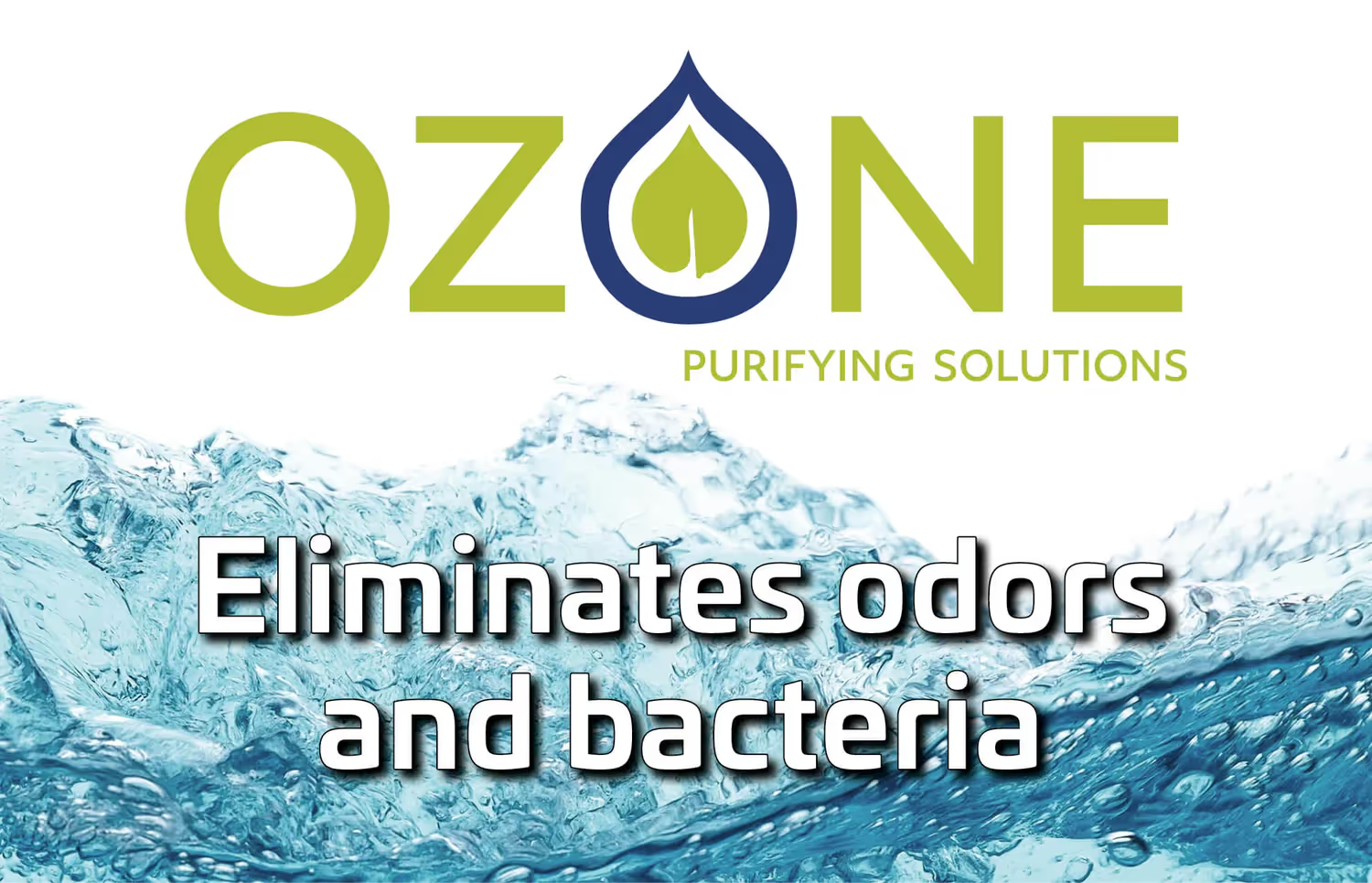
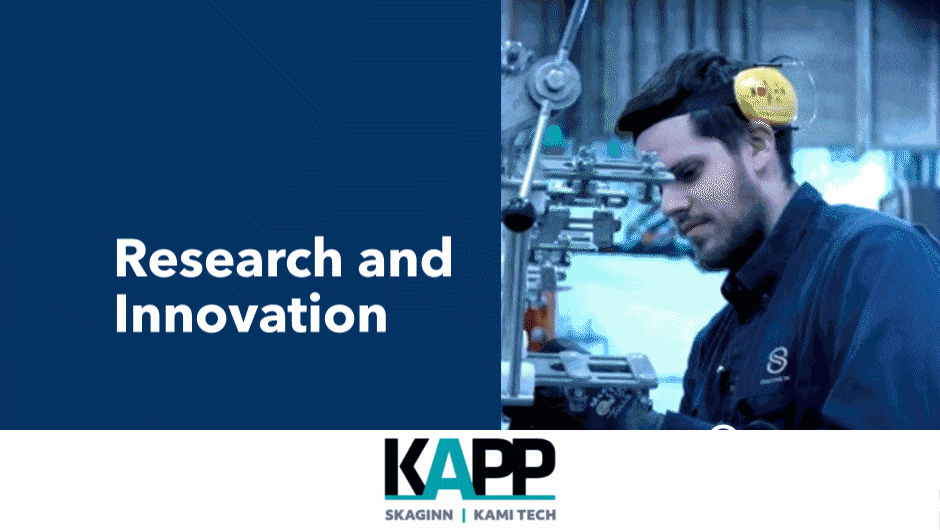
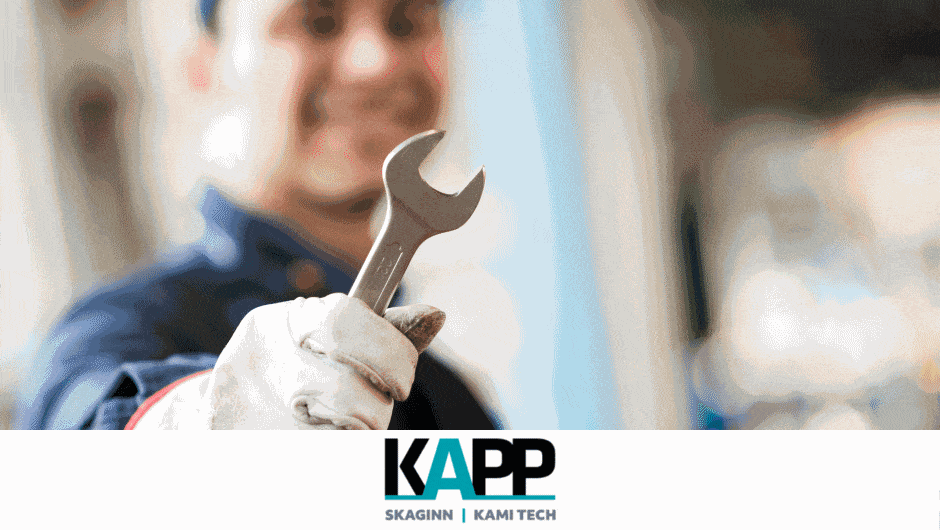

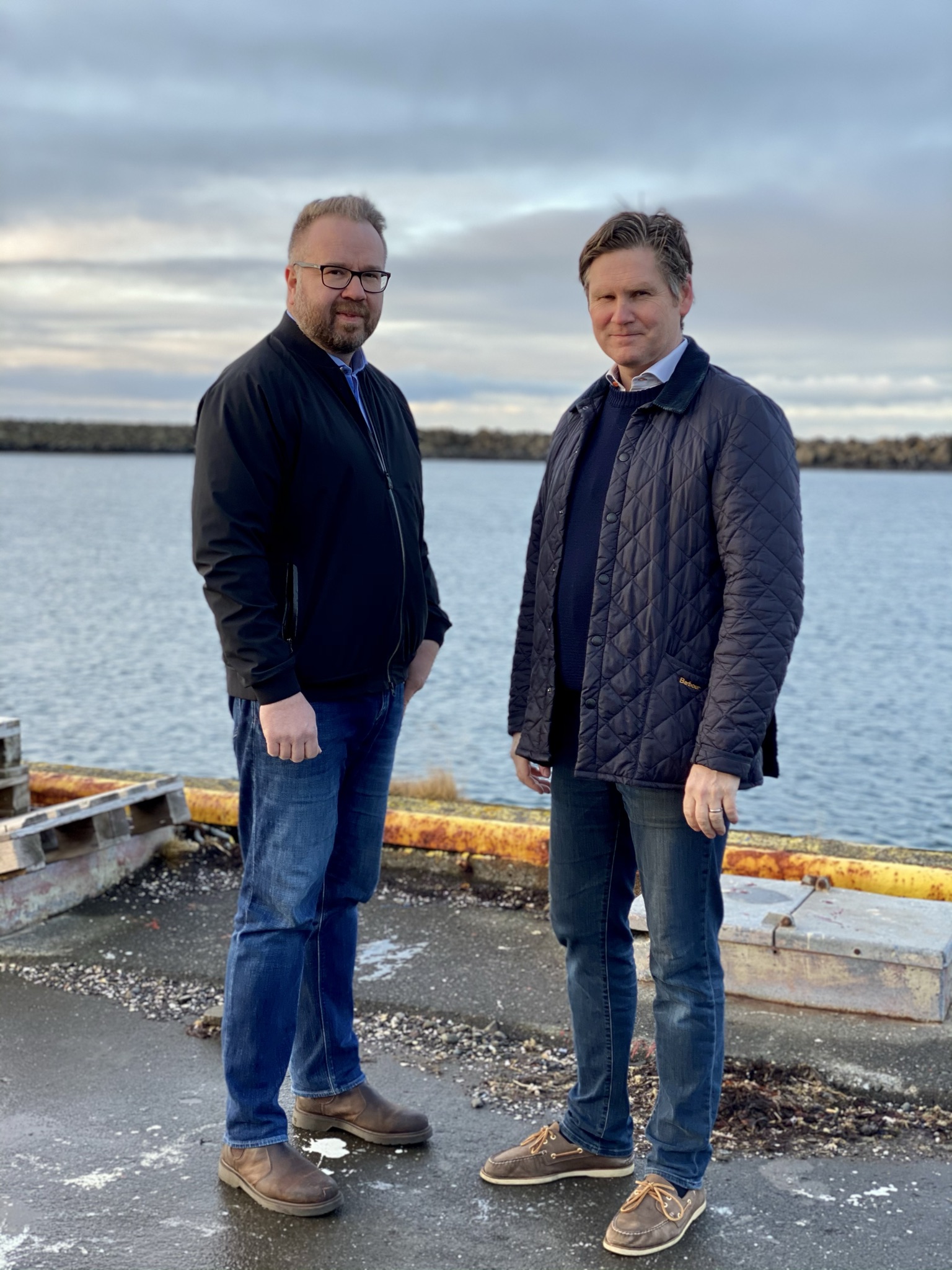
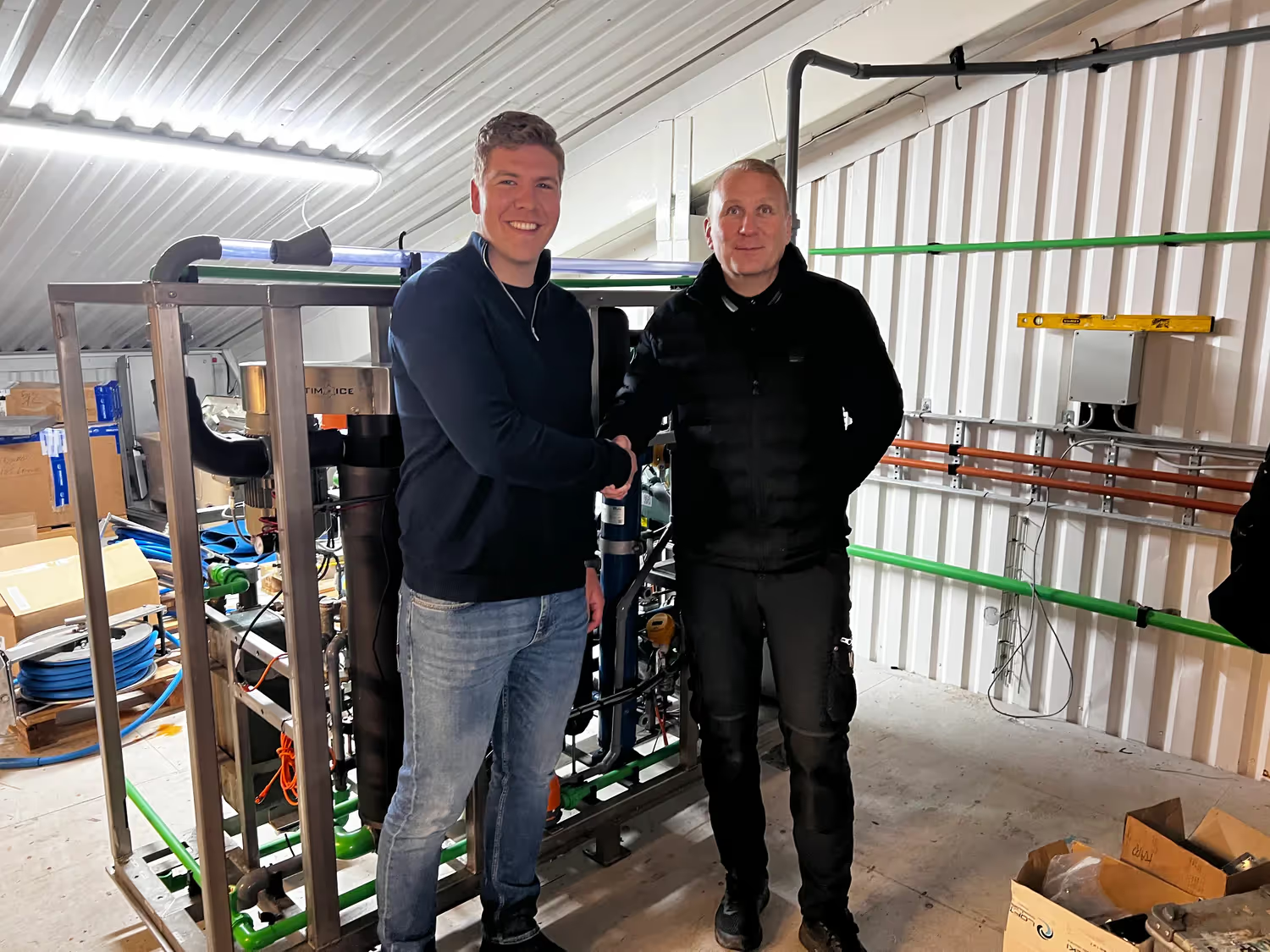
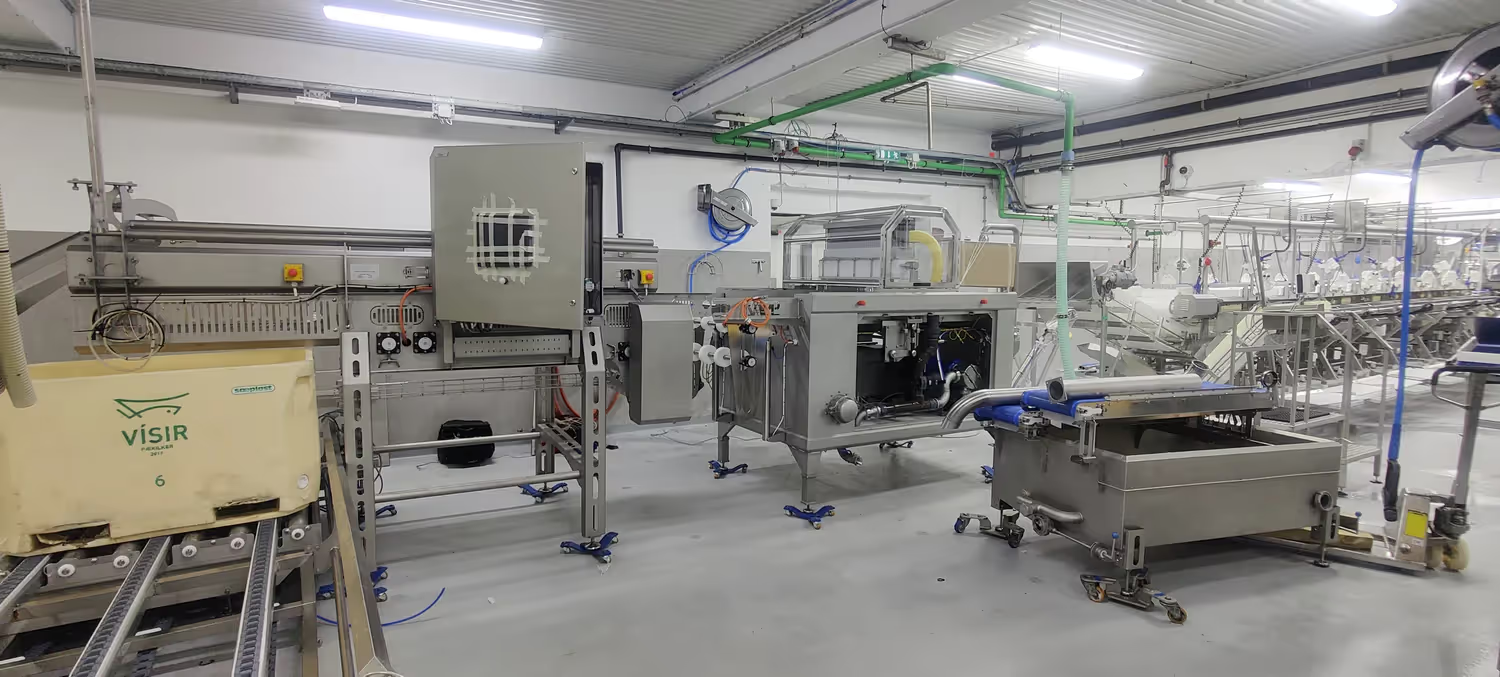
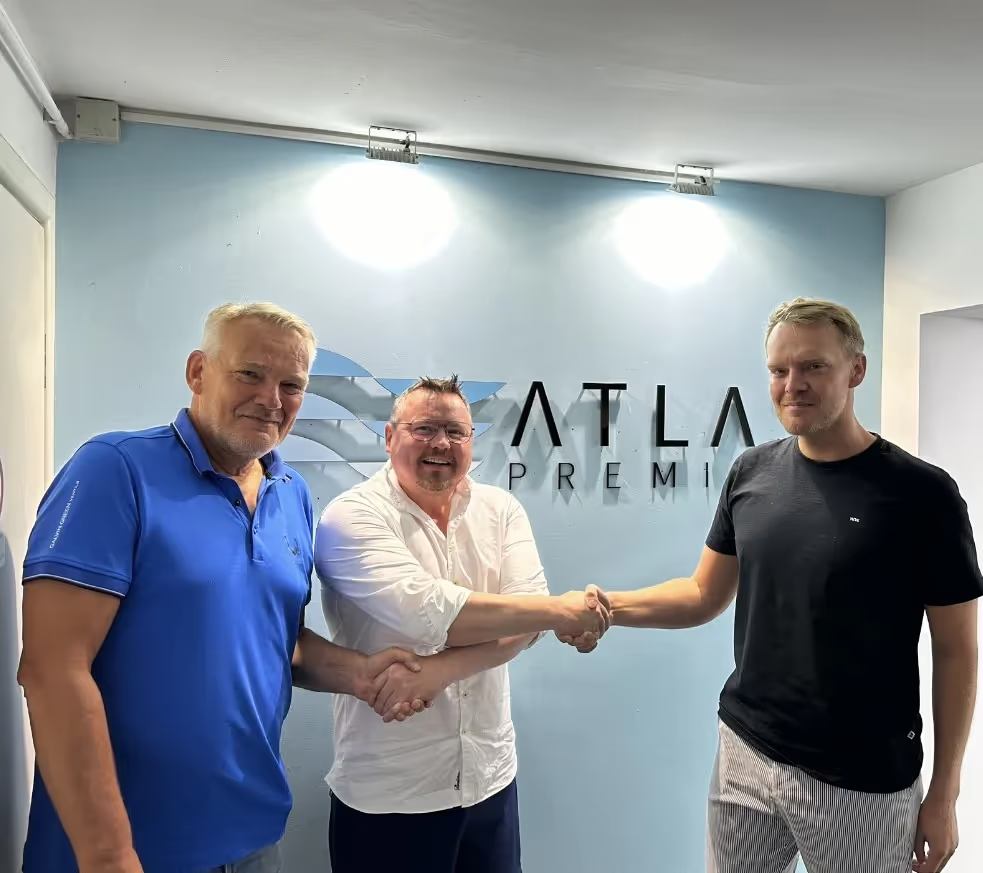

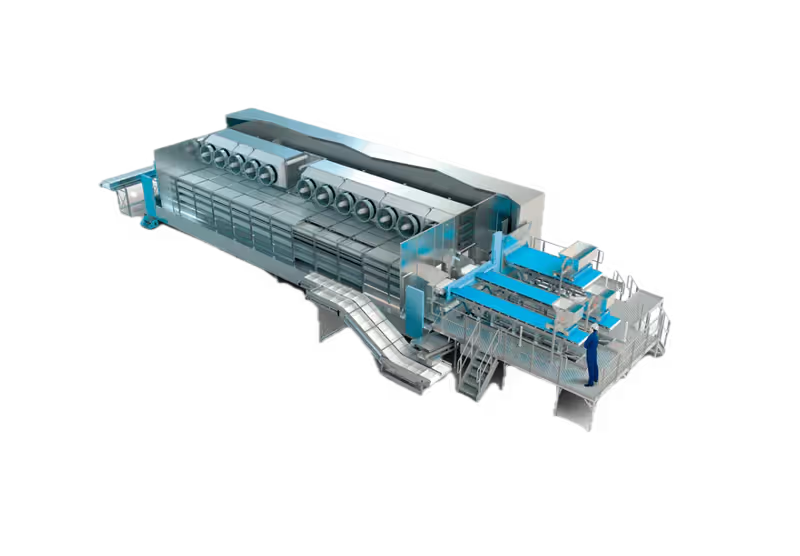
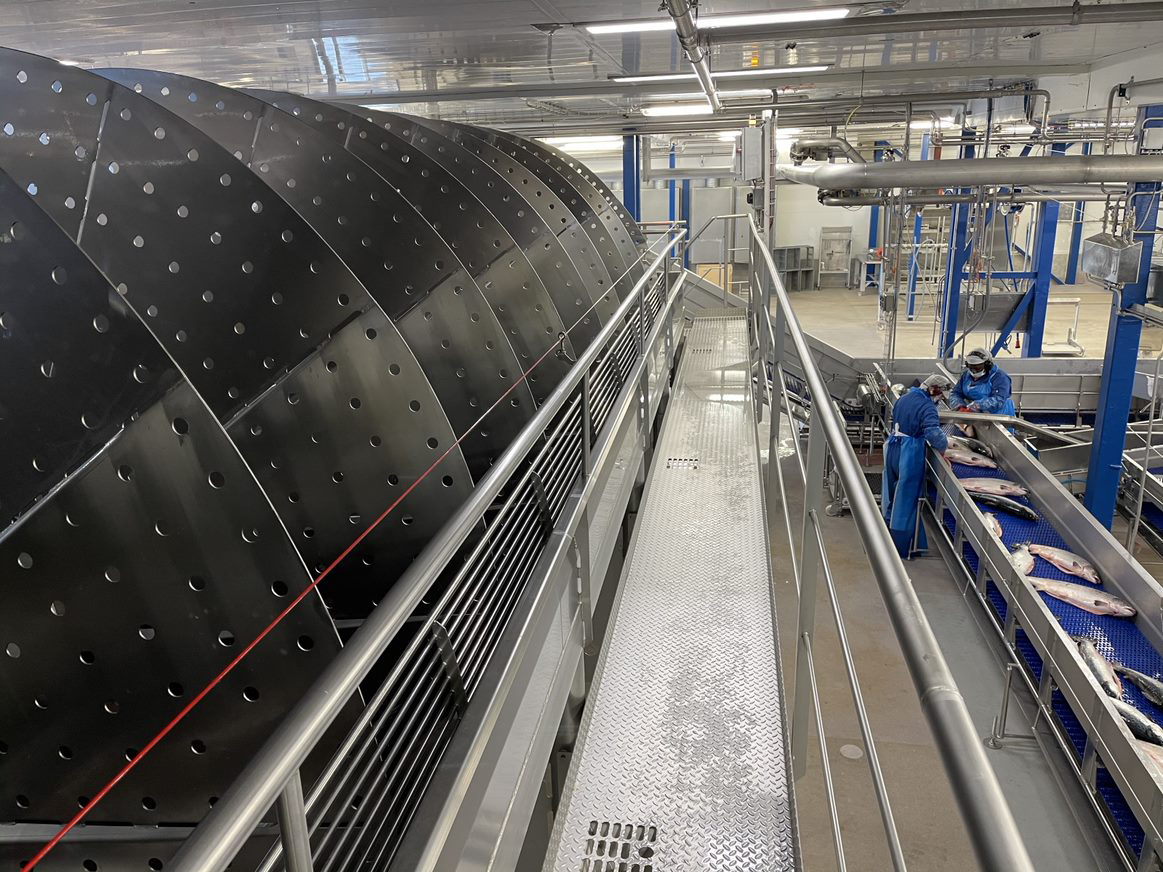

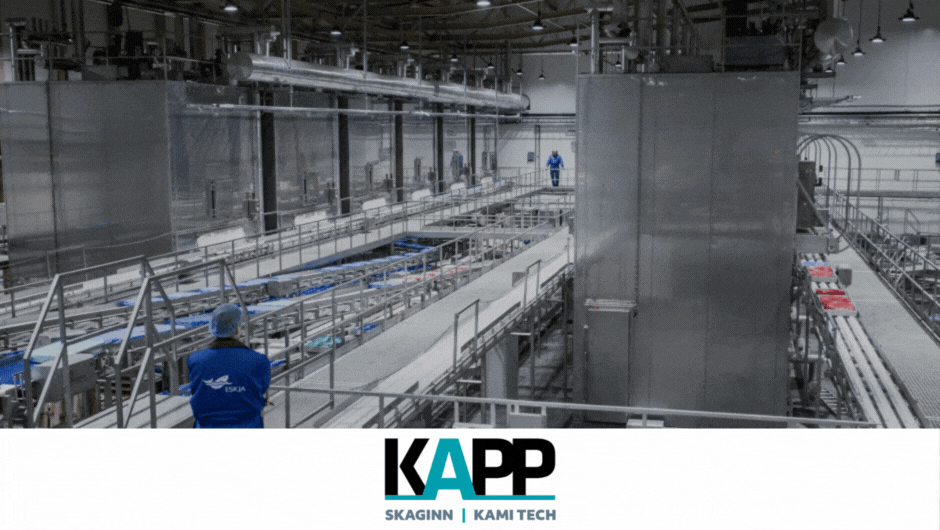
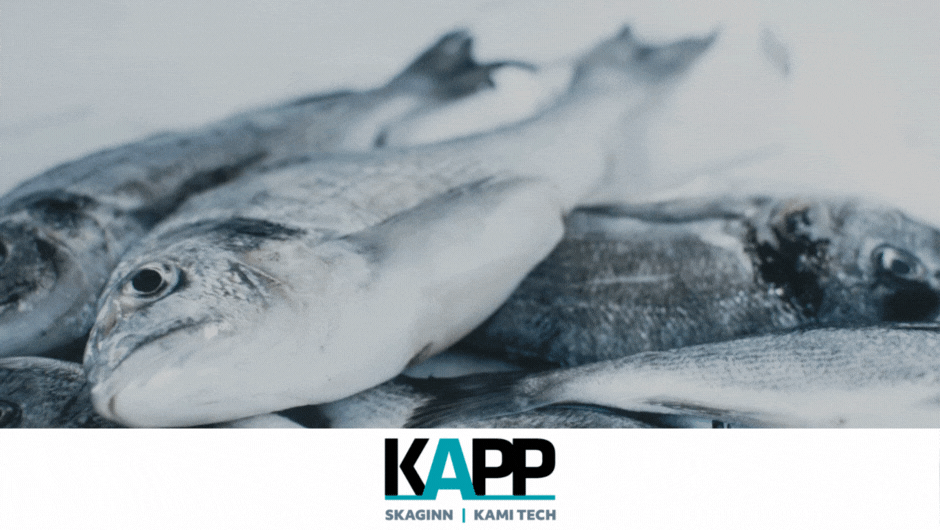

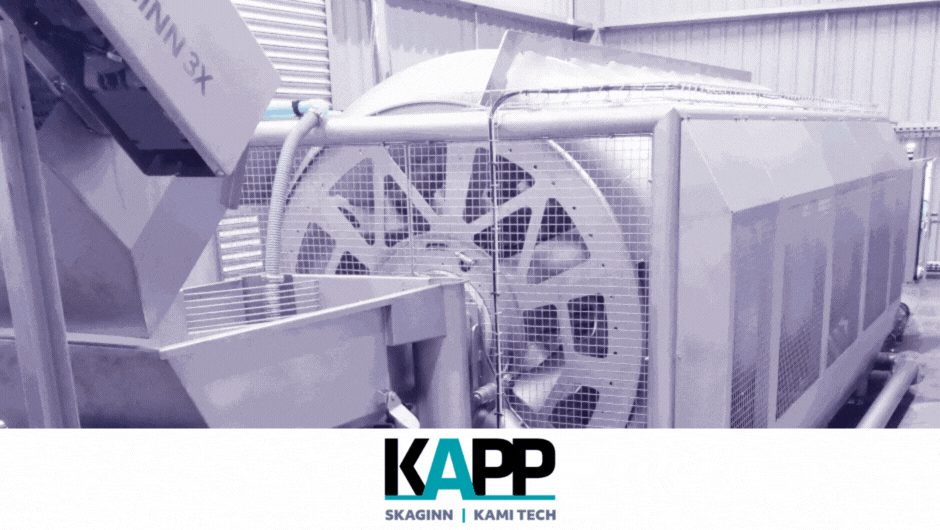
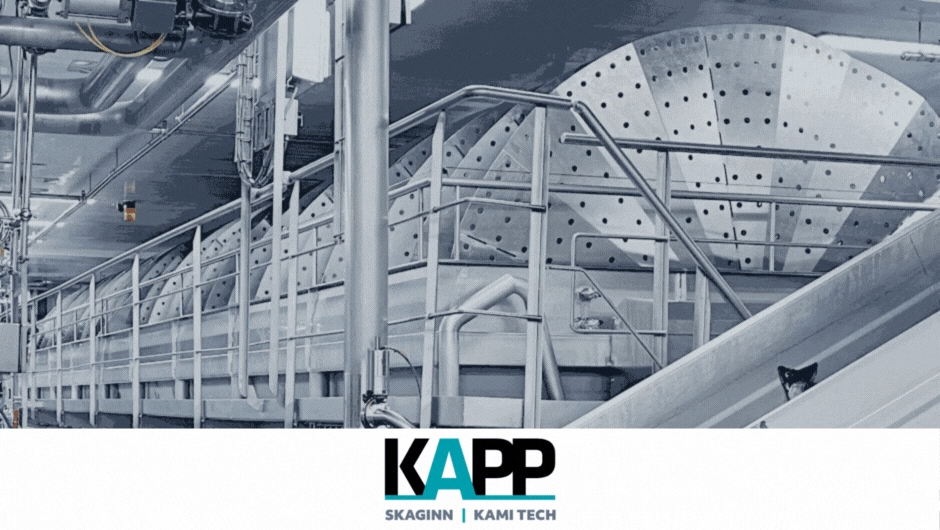

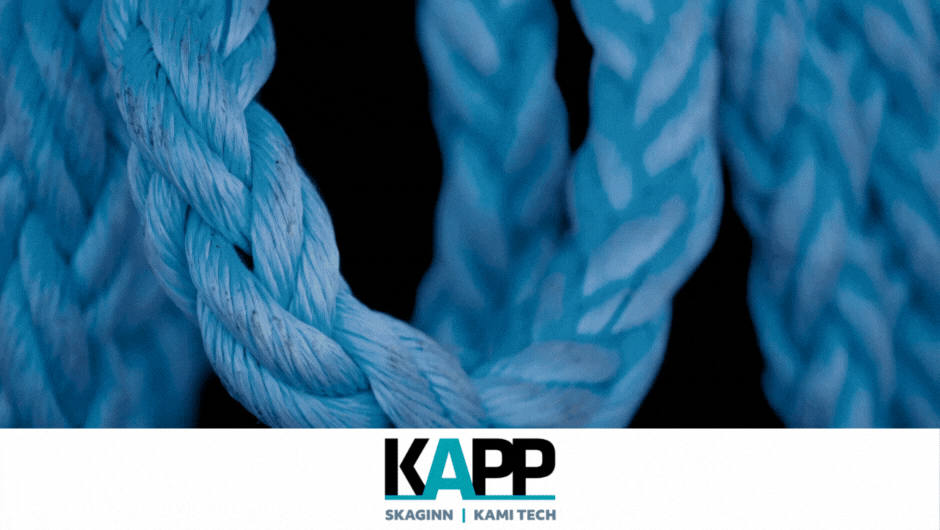






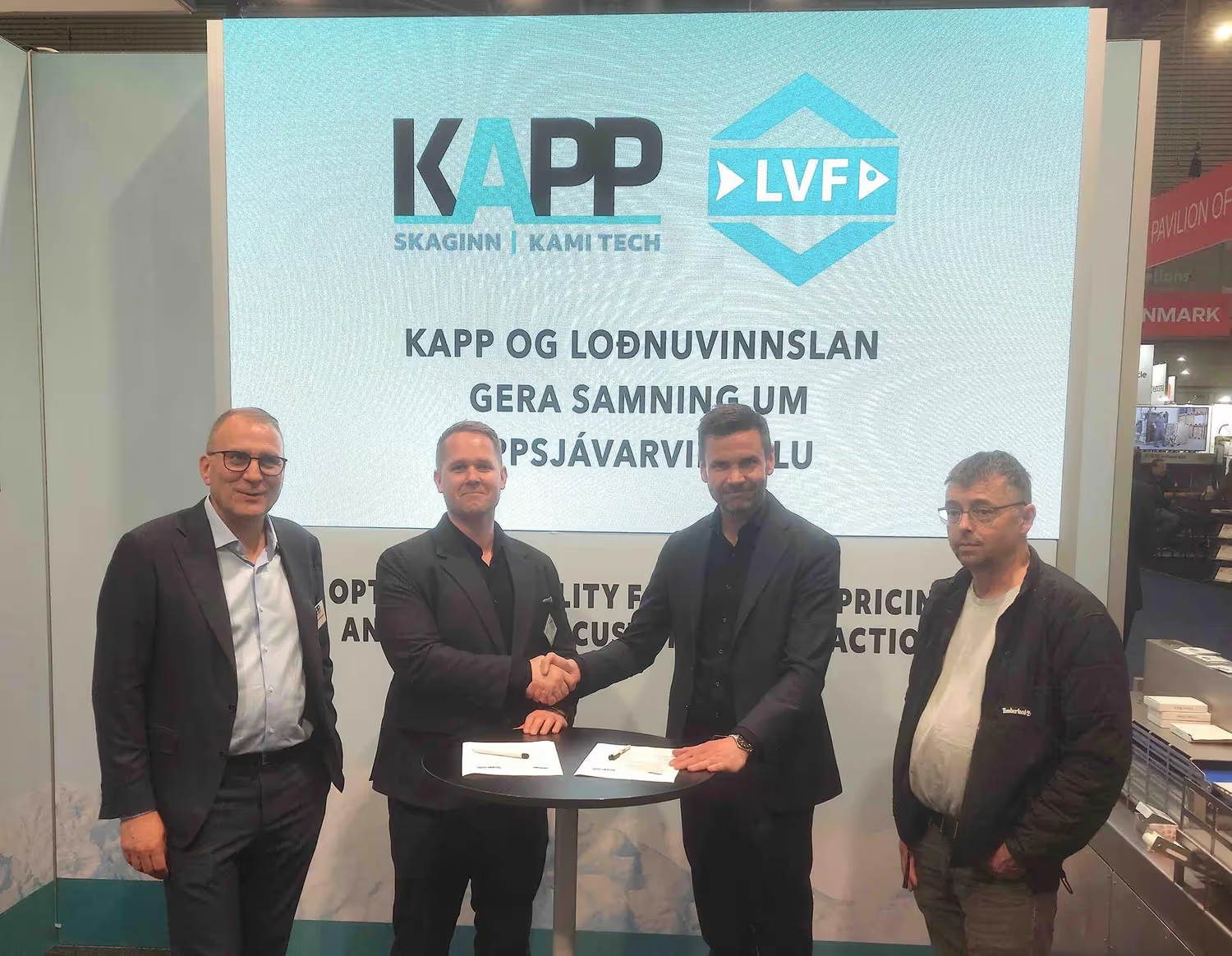





.avif)

